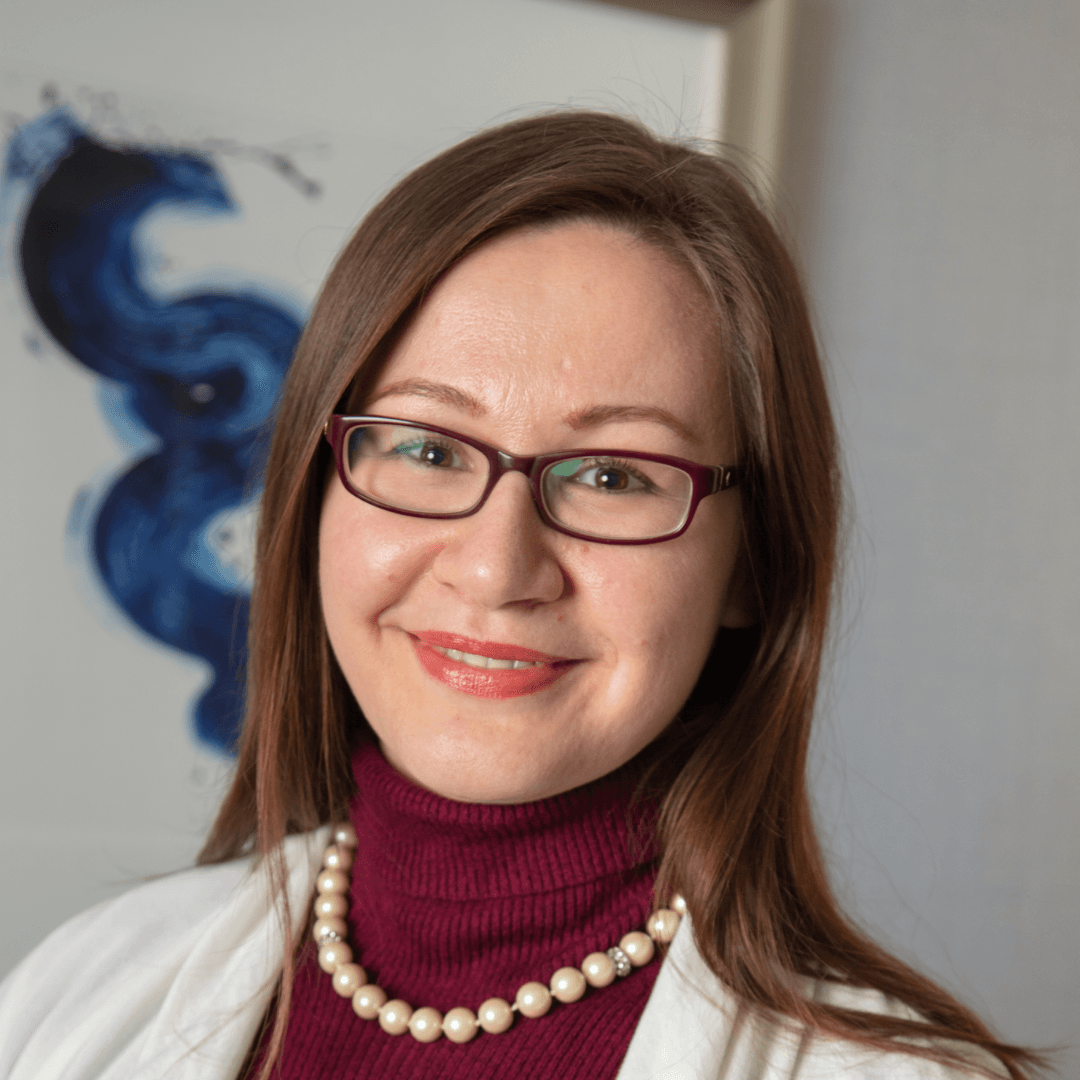The menstrual cycle is divided into two main phases: the follicular (or proliferative) phase and the luteal (or secretory) phase, both of which contain subphases (e.g., early follicular, late follicular, ovulatory, early luteal, late luteal). Each subphase is marked by a unique hormonal profile and an accompanied response from the reproductive organs.[1] The follicular phase lasts approximately 14 to 21 days, begins with menstruation (colloquially known as “a period”), and ends with ovulation. During this phase, follicle stimulating hormone causes follicles in the ovaries (which store eggs) to grow, and the lining of the uterus thickens as estrogen levels rise. About halfway through the cycle (around day 14), a surge in luteinizing hormone stimulates ovulation or the release of a mature egg(s) from the follicle.
During the approximately 14 days of the luteal phase, the egg travels through the fallopian tube and into the uterus. Meanwhile, the follicle that released the egg (now called the corpus luteum) releases hormones, primarily progesterone, which prepares the uterus for implantation of the egg, should it become fertilized. If the egg is not fertilized, the corpus luteum stops releasing hormones, progesterone and estrogen levels fall, and the lining of the uterus sheds in the form of bloody discharge through the vaginal canal. The time when bleeding begins is considered day 1 of the next menstrual cycle and the start of a new follicular phase.[2]
The above description, although factual, does not capture the unique complexities of the menstrual cycle. The exact timing and amplitude of the peaks and troughs of reproductive hormones (as well as the menstrual cycle phases they bring about) vary both between and within individuals. Most of this dissimilarity is prompted by differences or changes in the length of the follicular phase, whereas the luteal phase remains relatively constant. On average, a person’s onset of menses can deviate by up to 4 days, compared to a previous cycle. The regularity of the menstrual cycle is also affected by age, with younger and older people more likely to experience cycle irregularities and anovulatory cycles (menstrual cycles that do not result in the release of an egg).[2]



